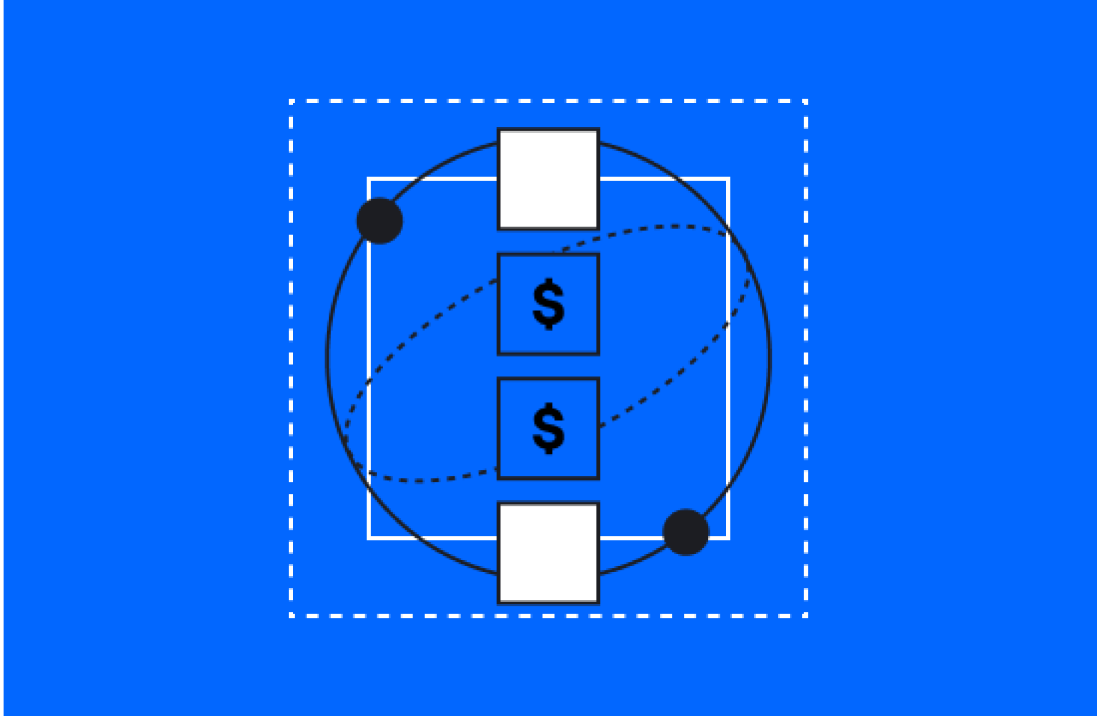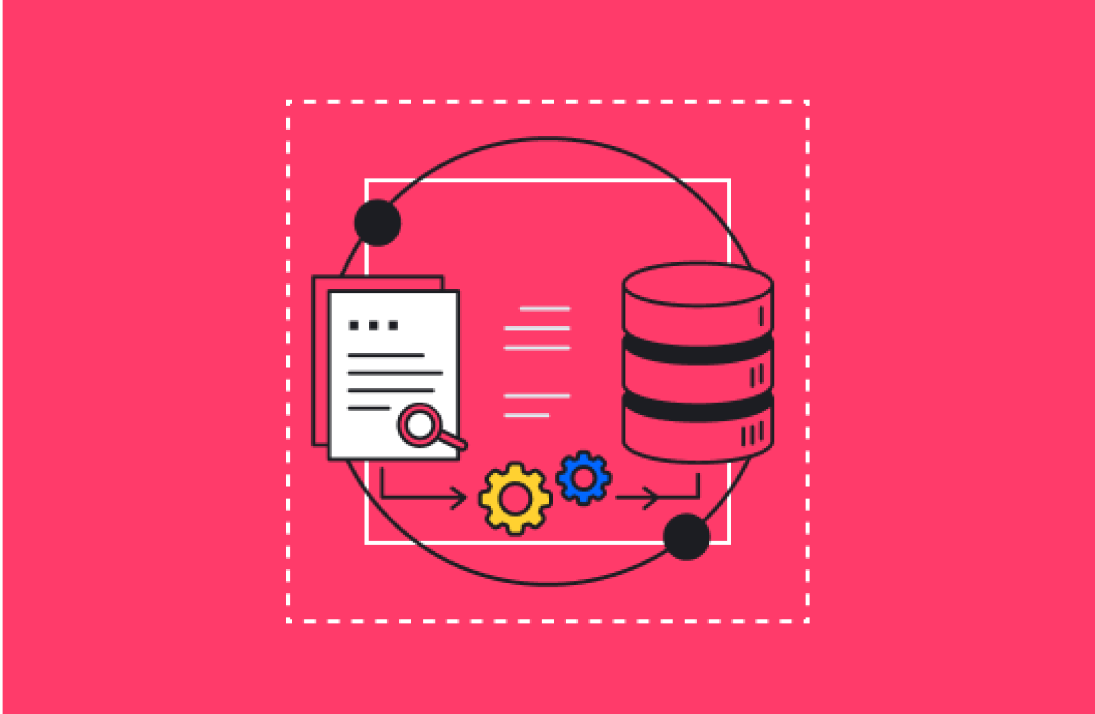Content marketing is perhaps the most widely used form of marketing to date. That’s because it’s an accessible strategy to businesses of all sizes, whether they are global enterprises or mom and pop operations in small towns. According to one survey, 61% of marketers publish content several times per week.
Most marketers, and perhaps most businesses, already “know” what content marketing is. But it’s worth defining, and this quote from the Content Marketing Institute sums it up nicely:
“Content marketing is a strategic marketing approach focused on creating and distributing valuable, relevant, and consistent content to attract and retain a clearly defined audience — and, ultimately, to drive profitable customer action.”
Content is an effective driver of business because it feeds right into people’s curiosity and their tendency to do research on their own. In fact, 70% of people would rather learn about new products through content rather than traditional advertising.
Some of the most widely used types of marketing content include:
- Blog posts
- eBooks
- Infographics
- Webpages
- Videos
- Checklists
- Templates
- How-to guides
- Podcasts
New types of content are emerging all the time. For example, many businesses are now generating interactive content, including games and apps, to encourage their customers to engage.
To understand how content has changed over the years and what the landscape looks like now, here’s a brief description of the evolution of content marketing.
Pre-Internet Content Marketing
Some may refer to cave paintings and say that content marketing is as old as time itself, but that’s a bit of a stretch. In truth, content marketing arrived around the same time that industrialization was taking off.
Some of the earliest types of content marketing include John Deere’s publication The Furrow, a trade magazine for American farmers which still exists today, and The Michelin Guide by the Michelin manufacturing company. Companies also created product manuals, catalogs, guides, and other types of print content to promote their products.
With the emergence of radio and television, companies began broadcasting advertisements on air. With the opportunity to invade their customers living rooms, broadcasting became the marketing standard for decades to come.
The Emergence of Corporate Blogging
When the internet emerged, it changed the way the world connected to brands and digested content. The blogosphere was originally filled with individuals connected to the tech industry, then came a deluge of online diarists who saw blogging as a new-age way to keep a personal journal. But businesses quickly realized the potential of blogging, especially once Google was founded and started handing out ranking authority to sites with backlinks.
Microsoft was one of the first companies to tap into the potential of blogging, and other companies followed suit. By the early 2000s, several major companies had started their own blogs. Some of them were directed specifically at customers, but others were billed as a resource for software developers and other contributors.
Blogging became the go-to content format of the internet age, but it would soon give sway to an entire ecosystem of engagement.
Inbound Marketing and the Content Revolution
The term “Inbound Marketing” was coined by HubSpot co-founder Brian Halligan in 2005. It referred to a marketing technique in which customers are drawn to brands through content, social media engagement, and search engine marketing rather than through advertisements and interruptive messaging. Inbound marketing would not be possible without content and the internet.
As a leader in the industry, Halligan and HubSpot spawned a revolution. Brands began experimenting with new types of content and throwing serious resources into content marketing. Soon, content began to overshadow traditional forms of marketing due to how accessible it is – anyone can start a blog – but also because of its effectiveness. Content marketing costs 62% less than outbound marketing and generates three times as many leads.
The Future of Content Marketing
The next wave of content marketing has already begun, and just in time. There are hundreds of millions of blogs on the internet, and any new business who joins the landscape is sure to face serious competition.
New technologies, including augmented reality, virtual reality, and the internet of things (IoT) are encouraging people to engage with brands in ways never thought possible. Live streaming, once the purview of internet celebrities and social media influencers, is also becoming more common in the B2B space. But it isn’t just consumer-facing technology leading the change.
Content can now be curated by artificial intelligence, for example. AI is already writing generic reports using just a few data inputs, and AI technology which can write entire articles is already in the works (for better or for worse). Content is becoming more data-driven, both in its creation and in its distribution.
What’s Changed about Content Marketing
Marketing content is no longer a novelty. Most consumers and professionals can recognize content that’s sponsored by a business easily. People are also more skeptical of content than they used to be.
This means most businesses can’t get away with poor writing and lackluster content. They need to create personalized content that adds value and release it on the channels their customers use most. You can’t engage in content marketing blindly either. Every decision you make should be guided by data, customer intelligence, and an overarching marketing strategy.
You don’t need much technology to launch a successful content strategy, but technology is integral if you want to scale your efforts over time.
To learn more about how you can leverage content with your marketing tools, contact us at Aptitude 8 today.






